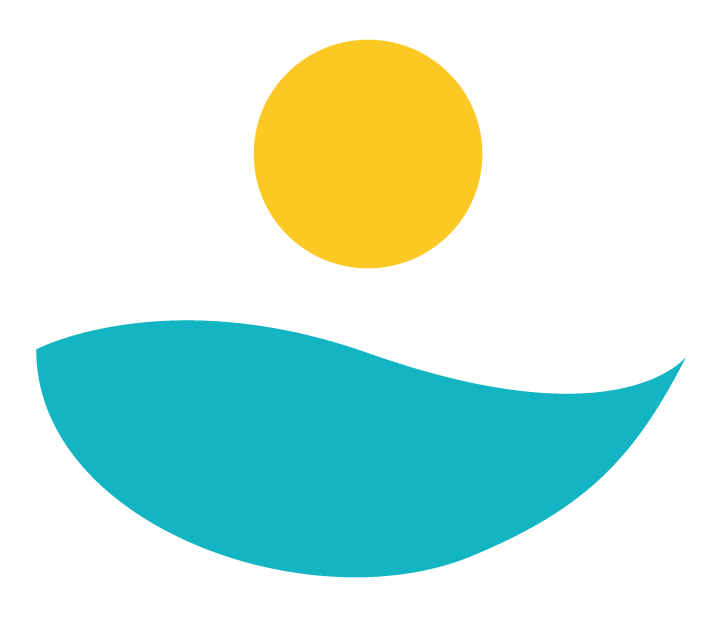So what is Cyprus anyway? The Republic of Cyprus is an island nation in the Eastern Mediterranean, known for its rich history and strategic location. In terms of GDP, Cyprus ranks among the top 100 countries in the world, with a GDP per capita that reflects a relatively high standard of living, especially compared to many European countries. As of 2022, the mean wealth per adult in Cyprus was significantly influenced by the purchasing power parity (PPP) of the euro, which Cyprus adopted following its entry into the EU. However, wealth inequality persists, with clear divisions between rich and poor Cypriots, especially in urban areas like Nicosia and Limassol.
In 2021, the International Monetary Fund highlighted that while Cyprus is much richer than many countries, including Herzegovina and Lithuania, it still faces challenges of economic inequality and income distribution. As we look ahead to April 2024, the wealth disparity continues to be a pressing issue, impacting the overall economic and social landscape. Cyprus, although classified as a poor country by some metrics, has shown resilience and potential for growth in the realm of goods and services. In the global context, it stands as a fascinating case study within the wealth of nations.
Cyprus Economy Data 2024
Cyprus economy data 2024 reveals a complex landscape as the island nation navigates its position within the broader context of world economics. Following the trends established in 2023, Cyprus became a point of interest for both investors and analysts. The services sector remains a critical component of the Cypriot economy, contributing to its high GDP per capita and aligning it more closely with the richest nations like Luxembourg and Malta. However, challenges persist, with income inequality highlighting the divide between rich and poor countries across Europe.
According to the United Nations Development Programme, household income in Paphos and other regions has shown variability, reflecting broader country data trends. As Cyprus successfully concluded its economic assessments, the European Central Bank and institutions like Credit Suisse provided insights into global wealth dynamics, particularly concerning Eastern and Western Europe. This data underscores the significance of net wealth per capita metrics, which are crucial for understanding economic disparities in the Czech Republic, Latvia, Bosnia, and Serbia. Stakeholders are encouraged to check their inboxes for updates on the world economic outlook that will shape future policies.
World’s 100 Richest Countries 2024
As we analyze the wealth data in the World’s 100 Richest Countries 2024, several trends emerge, particularly among the Nordic countries and those in Eastern Europe. Countries like Bosnia and Herzegovina have shown notable economic recovery, with household wealth increasing due to better-than-expected finances. Comparatively, the portion of the population benefiting from this wealth remains uneven across the Rest of Europe.
The Wealth Report 2023 highlights how nations that adopted the euro have fared better in terms of economic stability. For instance, the Central Bank and the International Monetary Fund have collaborated to ensure liquidity, having borrowed a total of funds to bolster their economies. As countries based in this region focus on travel and tourism, they are also investigating sectors like cement and gypsum to diversify their economies further.
In discussions on platforms like Reddit is Anonymous, experts often debate how these nations can get a name for themselves on the global stage. The mean and median household wealth figures reveal a stark contrast between the affluent and the struggling segments of society, emphasizing the need for targeted economic policies.
Median wealth per adult
The median wealth per adult serves as a crucial indicator of economic stability in various nations, highlighting disparities in wealth distribution. In recent years, countries like Spain and Slovenia have seen fluctuations in their median wealth figures, largely due to the Cypriot economic situation. As these nations work towards recovery from the global financial crisis, many are assessing their expected finances over the course of the next decade. The share of total wealth held by the top percentiles remains a point of concern, with discussions on how to address these inequalities becoming more prominent.
To stabilize their economies, Cyprus has reached an agreement with international partners to implement reforms that could lead to improved wealth distribution. These measures aim to ensure that the population can effectively manage their financial assets and see a tangible rise in their living standards. As the nation moves back to Cyprus, it remains essential for policymakers to engage with citizens through platforms that include their email addresses associated with financial updates, fostering transparency and trust in the recovery process.
How do wealth distribution ranges compare?
Wealth distribution ranges reveal significant disparities across different regions and countries. In many developed nations, the concentration of wealth often indicates a stark divide between the rich and the poor. For example, the top 1% in countries like the United States hold a substantial portion of the total wealth, which can lead to social and economic inequalities.
In contrast, some developing nations experience a broader middle class, albeit with a less pronounced wealth gap. While the wealthy elite may still exist, the overall distribution tends to be more evenly spread among the population. However, this can result in limited resources for the lower-income brackets, which affects their access to basic needs and opportunities.
Furthermore, global comparisons show that countries with more equitable wealth distribution often have better social outcomes, including lower crime rates and improved public health. Understanding these dynamics is crucial for policymakers aiming to create more inclusive and sustainable economies.
What does it mean for a nation to be rich or poor at a time of global pandemic, high inflation, and geopolitical tensions?
In a time of global pandemic, high inflation, and geopolitical tensions, the definitions of rich and poor nations become increasingly complex. A rich nation may possess abundant natural resources and advanced technology, yet its wealth can be undermined by high inflation rates that erode purchasing power and economic stability. Conversely, a poor nation could struggle with limited resources and infrastructure, but if it successfully manages its health crisis and maintains stable prices, it may experience relative resilience compared to its wealthier counterparts.
Furthermore, geopolitical tensions can exacerbate existing inequalities, as rich nations often have the means to secure vaccines and resources, leaving poor nations vulnerable to health crises and economic downturns. In this context, the disparity between rich and poor nations can widen, highlighting the importance of global cooperation and equitable resource distribution. Ultimately, a nation’s wealth during such challenging times is not solely measured by its economic output but also by its ability to safeguard the well-being of its citizens.



